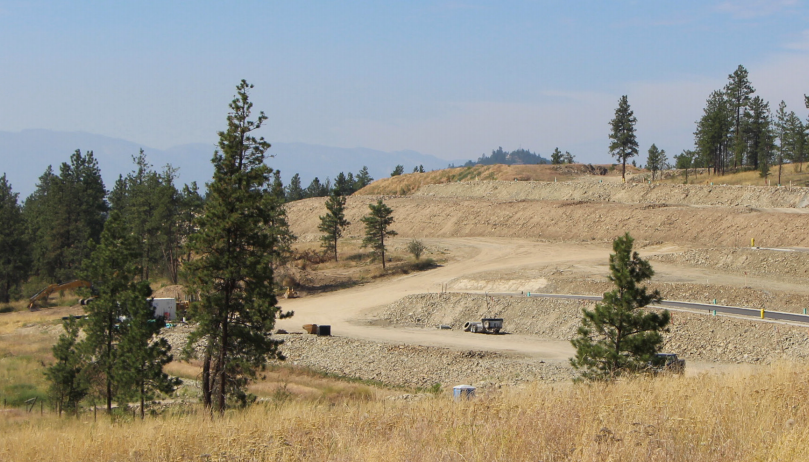Vancouverites and investors look for cheaper land outside of the Lower Mainland may no longer be able to snap up Okanagan property for a bargain, according to a new report.
Colliers International’s Thompson-Okanagan Summer 2017 Landshare Report released Aug. 9 reveals housing starts in the region have increased 87 per cent as multi-family development sites continue to raise in value.
“Driven by the lack of available developable land along with increasing demand, competition amongst developers is pushing residential land values to unprecedented levels,” the report states.
Residential land sales and values for the first half of 2017 have already surpassed those of the second half of 2016. There have been 23 transactions worth over $54 million in 2017 to date. The second half of 2016 posted 16 transactions valued at over $36 million.
Demand has driven per square foot values up considerably year-over-year.
Kelowna’s per-buildable-square-foot land price has increased 60 percent since last year, from $32.63 in 2016 to $52.53 in 2017. West Kelowna prices have increased 48 per cent, but still remain far lower than central Kelowna prices at $12.68 per- buildable-square-foot. The majority of land sales are zoned for medium density or mixed-use projects.
Colliers believes the lack of available development parcels is due to a large portion of land restricted to the Agricultural Land Reserve.
“Approximately 43 per cent of the land base in Kelowna and 9 per cent of the land base in West Kelowna is in the Agricultural Land Reserve, while other portions of the land base are undevelopable due to hillsides and steep slopes,” Colliers says.
In West Kelowna, the majority of residential land is presently single-family. Colliers anticipate that land sales are also increasing as developers view these lots as an opportunity to subdivide and increase profit through density.



